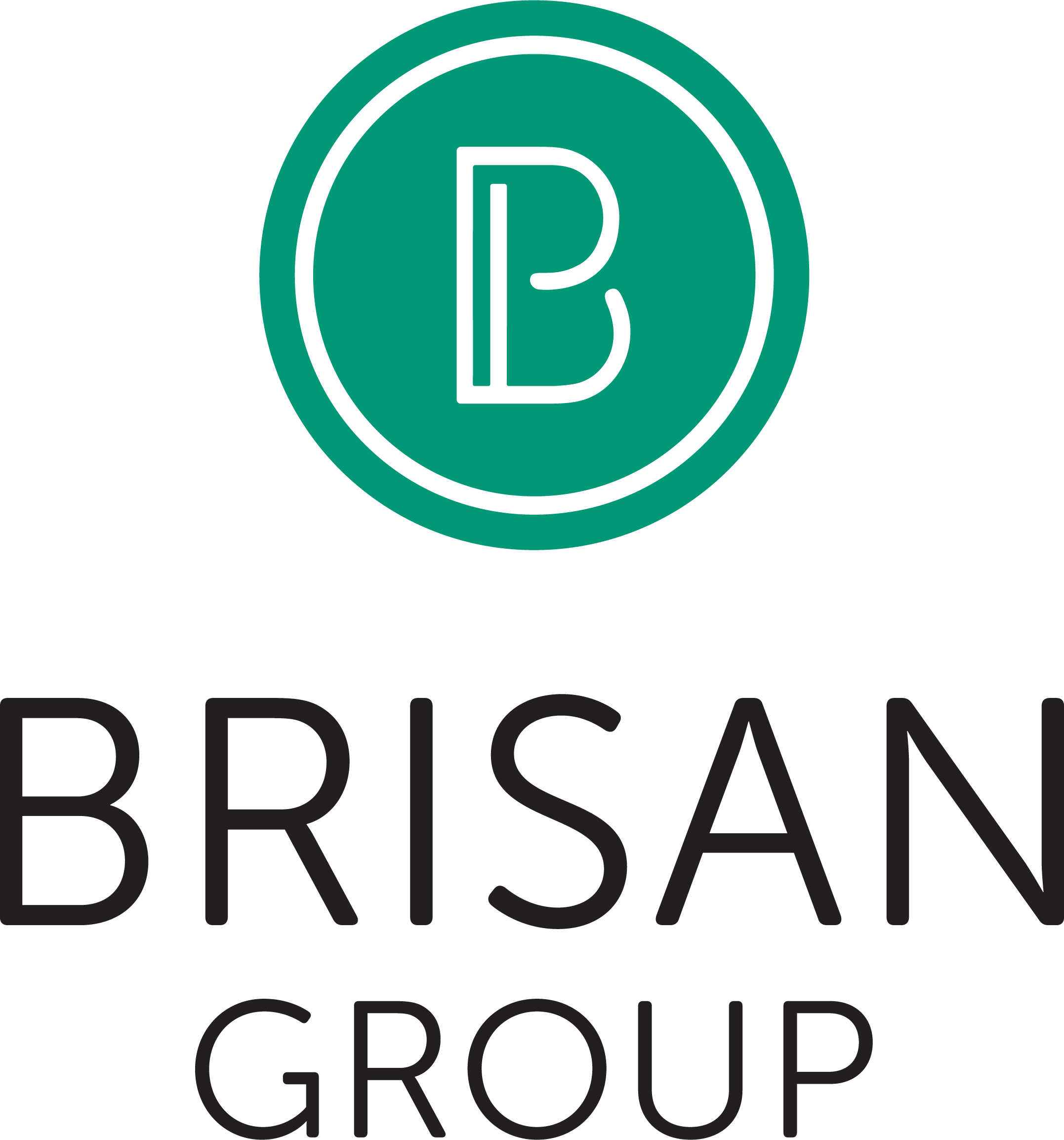What Makes a Product Craveable These Days?
“Craveability” is a hot topic in food industry…but what does it mean? We explore the definition and provide solutions for how to achieve this much sought after characteristic.
Definition of traditional craveability
The old Definition
Craveable: A product with qualities that engender an intense desire for more.
the old Approach
Many food manufacturers used to be able to succeed in achieving crave-worthy food and drink products by dosing formulations with large amounts of salt, sugar, and fat. Food brands accomplished slam-dunks of repeated purchase by taking advantage of basic nourishment needs of electrolytes, glucose, and fat.
As time went on…
As the field of taste physiology and food chemistry advanced, food manufacturers began to understand more about the psychological and sensory factors that impact an “intense desire for more”. Some of the approaches food scientists explored:
Umami taste boost: The intensely savory/meaty 5th taste was discovered by Japanese scientists in 2006. “Simply put, it just makes the food taste more delicious.” MSG Resource
Rapid Flavor Loss technique: How do you get a person to want more? Give them an intensity of desired flavors, then pull it away immediately. You better believe they’ll reach their hand in the bag for more. Topical seasoning on a chip is an ideal substrate to apply this technique.
Enhancement of “crunchy” texture: A loud crunch is accompanied by a sound that triggers the auditory senses. Many consumers identify the multitude of senses as deeply satisfying.
Definition of modern craveability
As access to abundant information has expanded, consumers have become increasingly more savvy. Craveability cannot be “tricked” anymore, it must be earned by consumers.
The element of choice is a critical psychological factor in the modern purchase process. Consumers want to be able to conduct their own independent research. A quick Google search, a thumb flick through the brand’s Instagram page, or an ingredient search on platforms such as Go Clean Label.
Consumers want to determine if the product is fit for them to purchase on their own and do not want food manufacturers to tell them what they should purchase.
As the market continues to rapidly evolve and consumer purchase power continues to increase, so does the definition of “craveable”. Now more than ever, the product characteristics that achieve crave-worthy signals revolve around consumers like a solar-system.
Relevant: Having staying power with contemporary interest.
Adaptable: As consumer needs quickly evolve, so should products.
Share-worthy: Consumers must have motivation to digitally share their experience.
Lifestyle-centric: Must be seamlessly adoptable into day-to-day ritual and behaviors.
Values: Business mission and ethics must resonate with trust.
Situational Needs: Product design must be based on experiential-discovery to define and address contextual user needs.
Expectations: Consumers demand their expectations* to be met and their voices to be heard loud and clear.
Sensory properties
More than just brand positioning, critical consumer expectations also span sensory properties across appearance, aroma, flavor, and texture modalities.
The quality, quantity, and balance of sensory attributes impact consumer activation of brain receptors of dopamine — directly affecting perception of “crave-worthy”.
“Consumers want to determine if a product is fit for them to purchase on their own and do not want food manufacturers to tell them what they should purchase.”
Modern Definition
Craveable: A relevant, adaptable, share-worthy, lifestyle-centric product aligned with values, situational needs, and expectations that consumers choose to keep coming back for more.
What “Craveable” means for you
According to Dr. Stella Salisu Hickman, VP Research at Brisan Group, when it comes to understanding what “craveable” means for your product and category, there is no one definition.
“All products and categories have different drivers,” Dr. Hickman explains. “What’s alarming about the current state we’re in, is the fact that those drivers are evolving at such a rapid rate that staying ahead of the market is almost impossible. However, companies can certainly stay attuned to consumer wants, needs, and expectations with numerous consumer check-in’s per year.”
Are you a bootstrapper looking to make decisions with confidence? We got you.
Click here to request more info about Brisan’s fast, affordable, experiential consumer engagement service.
How companies can achieve craveability nowadays
More Consumer touch points
Since the characteristics that signal “craveable” are directly linked to consumer needs and expectations, a sustainable approach to achieving crave-worthy products is to embed more consumer touch points in the product development process.
This means food manufacturers should begin to look at consumers as more than just final purchasers, but co-creators.
Look to consumers first
A craveable product has fans that adopt the product into ritual, again and again.
It goes to show that crave-worthy product characteristics are determined by consumers, making the consumer an indivisible part of the journey to achieving modern craveability.
So the next time you set out to build a craveable product, you just might consider looking to consumers before digging into your ingredient toolbox.
About the author
Theresa Cantafio is the VP of Marketing and Trend Insights at Brisan Group. With a background in food science, design-thinking, and hands-on culinary, Cantafio has been providing food marketing and trend thought-leadership to the industry for over five years. Her writing has been featured in SmartBrief, Go Clean Label, IFT, and Chicago Woman Magazine. You can find her hosting dinner parties, studying brand art directions, and volunteering as an RMMFI food service business coach.
Consumer Engagement Services
Prototyping Service













